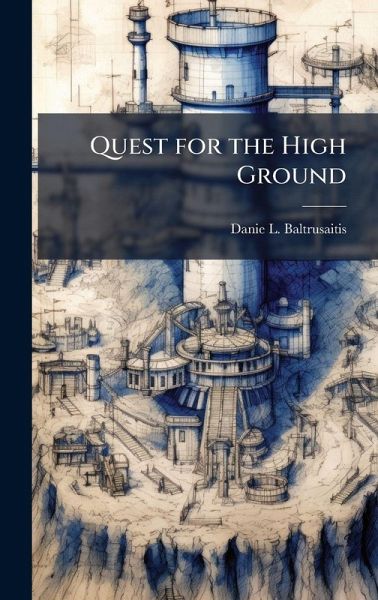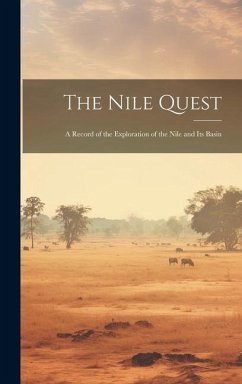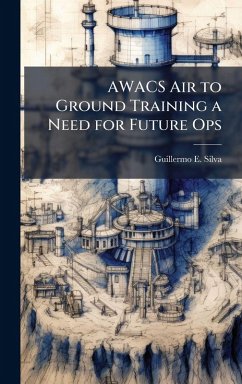
Quest for the High Ground
Versandkostenfrei!
Versandfertig in über 4 Wochen
28,99 €
inkl. MwSt.
Weitere Ausgaben:

PAYBACK Punkte
14 °P sammeln!
The danger of surface-to-air defenses grows as the nature of US conflicts continues to change. Ground based defenses promise attrition while forcing air forces into standoff range. Furthermore, ground-based defenses cost less and require less training than airborne systems; definite advantages for third world adversaries. Coalition performance in the Gulf War showed future adversaries that they would suffer tremendously by trying to match symmetrically US airpower capability. US strategists should expect enemy systems in the future aimed at causality sensitivity in situations where US vital in...
The danger of surface-to-air defenses grows as the nature of US conflicts continues to change. Ground based defenses promise attrition while forcing air forces into standoff range. Furthermore, ground-based defenses cost less and require less training than airborne systems; definite advantages for third world adversaries. Coalition performance in the Gulf War showed future adversaries that they would suffer tremendously by trying to match symmetrically US airpower capability. US strategists should expect enemy systems in the future aimed at causality sensitivity in situations where US vital interests are not at stake. These issues illuminate the need to make defense suppression a planning priority to ensure air superiority. Although air superiority relies on defeating both the air-to-air and surface-to-air defense, this study examines only one element in the quest for air superiority -- the suppression of enemy air defenses (SEAD). This study determines how SEAD operational objectives change with the nature and maturity of an air campaign and categorize SEAD objectives and strategy. This work has been selected by scholars as being culturally important, and is part of the knowledge base of civilization as we know it. This work was reproduced from the original artifact, and remains as true to the original work as possible. Therefore, you will see the original copyright references, library stamps (as most of these works have been housed in our most important libraries around the world), and other notations in the work. This work is in the public domain in the United States of America, and possibly other nations. Within the United States, you may freely copy and distribute this work, as no entity (individual or corporate) has a copyright on the body of the work. As a reproduction of a historical artifact, this work may contain missing or blurred pages, poor pictures, errant marks, etc. Scholars believe, and we concur, that this work is important enough to be preserved, reproduced, and made generally available to the public. We appreciate your support of the preservation process, and thank you for being an important part of keeping this knowledge alive and relevant.












